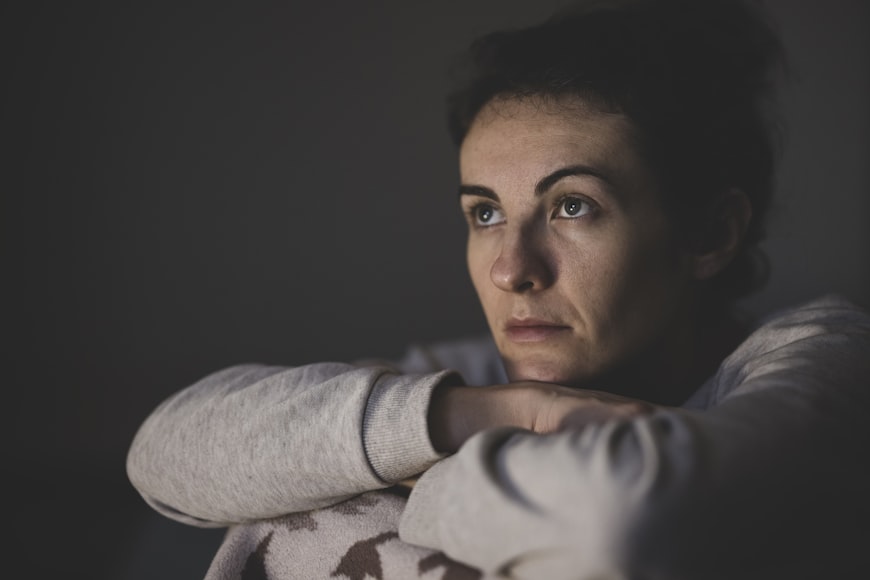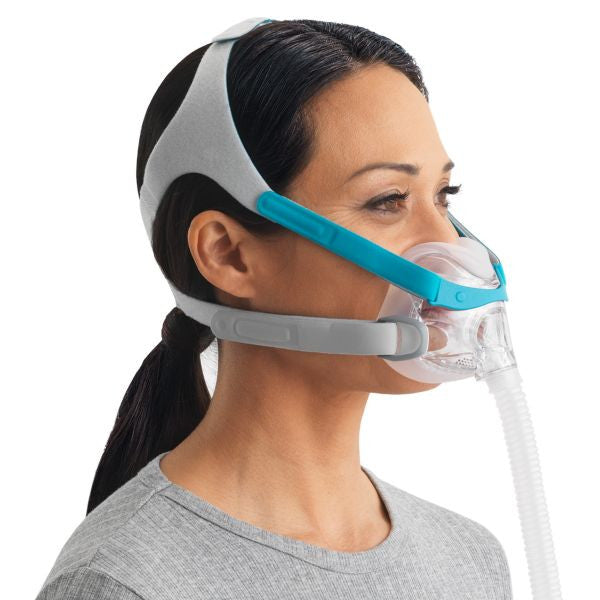Sleep apnea is a common condition in which the airways are blocked during sleep, interrupting breathing and resulting in temporary nighttime awakenings that keep individuals from getting adequate rest at night.
Generally speaking, women are considered to have a lower risk for developing obstructive sleep apnea than men. Despite this, sleep apnea is estimated to affect roughly 17 percent of women — and almost 90 percent of women with sleep apnea don’t know they have it.
This can cause a variety of long-term complications that go well beyond daytime sleepiness and fatigue. Untreated sleep apnea can increase the risk for depression and anxiety, memory and learning problems, and even high blood pressure, heart disease, and diabetes. In women, this sleep disorder has also been linked with birth complications such as early birth and low birth weight.
With this in mind, here are a few things women should know about their risk for sleep apnea.
What Increases the Risk of Sleep Apnea for Women?

According to the Sleep Foundation, the hormones estrogen and progesterone actually reduce the risk of obstructive sleep apnea, which is why women are generally less likely than men to develop the condition. However, this means that certain conditions that disrupt hormone levels subsequently increase the risk for developing obstructive sleep apnea.
For example, during menopause, the drop in estrogen levels can double the risk for obstructive sleep apnea. Pregnancy has also been found to increase the risk for the condition because of physical and hormonal changes to the body, though in this case, sleep apnea sometimes resolves once pregnancy is over. Even hormonal changes that occur as part of the menstrual cycle can make some women experience more severe symptoms during menstruation than at other times.
In addition, polycystic ovary syndrome (PCOS) has also been linked with an increased risk for developing obstructive sleep apnea — once again, because the condition results in lower estrogen levels.
Aside from these hormone-related conditions, there are factors that increase sleep apnea risk for both men and women, including being overweight or obese, having a neck circumference greater than 16 inches, large tonsils, or consuming alcohol before bed. The risk for sleep apnea also increases if you have a family history of this disorder.
Identifying Sleep Apnea Symptoms
So, how do you determine if you have obstructive sleep apnea? There are several observable symptoms that occur during the night and during the day, though nighttime symptoms are usually observed by a bed partner or roommate.
Common nighttime symptoms include loud snoring that is interrupting by gasping or choking sounds, restless sleep, heartburn, and frequent awakenings to use the bathroom. A woman with sleep apnea could wake up dozens of times per hour, but not remember the vast majority of these awakenings.
During the day, feeling extremely tired and not having energy for your normal activities can become an ongoing issue. Excess fatigue can also cause you to feel more irritable, impatient or anxious than normal. Women with untreated sleep apnea often struggle with forgetfulness and trouble concentrating, and may be more prone to accidents (including while driving). You may even fall asleep while working or doing other activities. Morning headaches are also common.
Women with obstructive sleep apnea are also more likely to experience restless legs syndrome.
If you are experiencing these symptoms and/or have known risk factors for sleep apnea, you should meet with a doctor. Depending on your reported symptoms, your doctor will likely recommend that you do a sleep study, which monitors your breathing, heart rate, and other vitals during sleep to confirm a sleep apnea diagnosis.
Treating Obstructive Sleep Apnea

So what happens if a sleep study confirms that you have obstructive sleep apnea? A sleep specialist will typically recommend that you start using a CPAP machine.
CPAP machines deliver pressurized air through tubing and a mask. By using a CPAP machine at night, you get sufficient air pressure to keep your airways open. This prevents the collapse of your throat muscles so that you can sleep soundly and feel well-rested in the morning. Your sleep specialist will prescribe the air pressure setting based on the severity of your condition, and help you determine which type of mask works best for you based on your sleep position and breathing.
Because sleep apnea has historically been more common in men, it is only recently that CPAP manufacturers have begun to design machines and masks specifically for women. For example, ResMed’s “For Her” line of CPAP machines use their own unique algorithm to better respond to female-specific aspects of sleep apnea. Similarly, “For Her” masks are designed to better fit the measurements and contours of female faces.
With the introduction of such products, CPAP treatment has become more comfortable and effective for women. While using a CPAP machine still requires a bit of an adjustment to your normal nighttime routine, there is no denying the difference that uninterrupted sleep can make for your overall well-being.
Get the Help You Need With No Insurance Medical Supplies
At No Insurance Medical Supplies, we understand how important it is to get the right equipment for treating obstructive sleep apnea. We also realize how CPAP machines and masks can be quite expensive for those without insurance.
This is why you’ll find discounted prices on CPAP machines, masks, and more — including “For Her” CPAP products that are specifically designed for women. With the right CPAP equipment, you can get the quality rest you need and keep obstructive sleep apnea in check.

